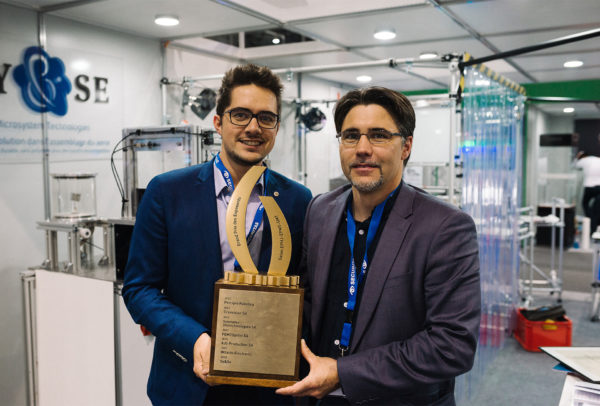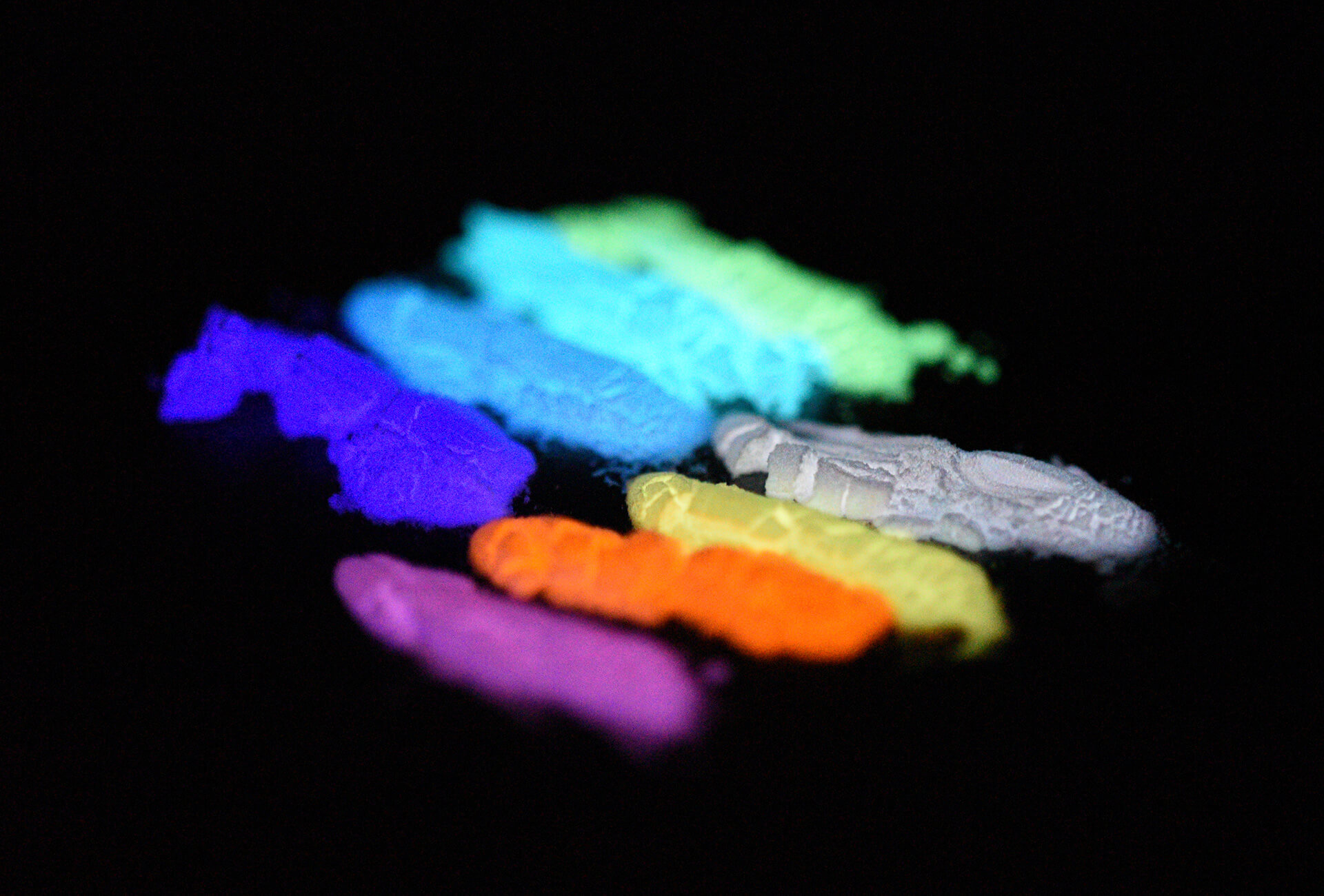In 1919 the rector of Neuchâtel University, Adrien Jaquerod, launched a heartfelt appeal: if Switzerland were to retain its position at the forefront of watchmaking worldwide, it had to organise its R&D. In an article he wrote for the Journal Suisse d’Horlogerie, titled “science at the service of the watch industry”, he exhorted academia and manufacturing to come together, even unite. This initiative gave rise in 1921 to the Laboratoire de Recherche Horlogère – now the Association Suisse de Recherche Horlogère (ASRH) – and in 1924 to the Société Suisse de Chronométrie (SSC), a prelude to the creation of numerous other institutions. A century later, that same SSC paid tribute to Adrien Jaquerod’s farsightedness by making research the theme of this year’s Congrès International de Chronométrie. Over two days, the congress confirmed the efforts currently being made in research, highlighted lesser-known advancements in the past, and painted a rather hazy future, contingent on changing mentalities.
China claims its place in history
The history of time measurement is a long litany of famous names and dates that are music to every specialist’s ears. From the first astronomical clock, built by Richard Wallingford in 1336, to John Harrison’s marine chronometer in 1764; from Galileo’s discovery of the law of isochronism to the invention of the balance spring by Christiaan Huygens in 1675, watchmaking’s legend is rarely questioned.
Few people know that China was making its own mechanical clocks several centuries before Europeans.
Enter Yu Fu, an executive at Seagull Watch Group from Tianjin (China). Addressing – in French! – the audience of Swiss engineers, historians and researchers, he reminded them of China’s precedence in matters of time measurement. “Few people know that China was making its own mechanical clocks several centuries before Europeans,” he announced, going on to explain how in 1088 Su Song, a renowned scholar, developed and built an astronomical tower clock. Song’s invention, a water-driven mechanism housed inside a five-storied pagoda, is described in great detail in a treatise complete with 60 illustrations. It gave a constant indication of the time, rotated a spherical star chart, displayed a calendar and sounded the units of time accompanied by moving figurines. The British sinologist and author of Science and Civilisation in China, Joseph Needham, writing in 1965, declared his belief that Chinese astronomical clocks were the forebears of the first medieval clock.
New materials and manufacturing processes
At the other end of the temporal spectrum, it would appear that the future, as revealed by a handful of young entrepreneurs, is not as clear-cut as one might think. The dynamic driving the industry since the early 2000s could suggest that modern watchmaking is fuelled by innovation. New materials in particular have been a focus of attention these past years. Silicon is a case in point as micro-production techniques – galvanic growth and deep etching – enable components to be made in shapes of previously unknown variety and precision. Think compliant mechanisms, as used for example by Girard-Perregaux in its Constant Escapement or for the Genequand escapement. Carbon is also hot right now. TAG Heuer’s carbon composite balance spring – rolled-up sheets of graphene infiltrated with amorphous carbon – promises enhanced resistance to external factors such as shocks, variations in temperature, magnetic fields and humidity.
Everybody wants innovation but nobody wants to change. We're facing a fundamental brake on change.
Up against a wall
Presented at the congress by CSEM and TAG Heuer respectively, neither of these are innovations in the strict sense, in that they have been perfectly integrated by the watch industry, at different levels. It’s another story for the research carried out at start-ups, six of which came to the congress to talk about their work. In what could be described as scientific speed dating, the founders or CEOs of SY&SE (glue-free glass-metal bonding), Coat-X (ultra-thin multi-layer coating), Nanoga (photonic digital ink), L.E.S.S. (nano-active fibre lighting), Percipio Robotics (high-precision robotics) and Vulkam (amorphous metals) took to the stage to convince the audience of their potential for the watch industry.

Easier said than done. “We’re at a crossroads. There is a huge need for innovation in watchmaking,” ventured Yann Buaillon of Percipio Robotics, a thought echoed by Yann Tissot from L.E.S.S.: “Everybody wants innovation but nobody wants to change. We’re facing a fundamental brake on change.” Nasser Hefiana, representing Nanoga, ended with this plea: “Come and see us! Talk to us! We can only provide solutions when we know exactly what you need.”
















